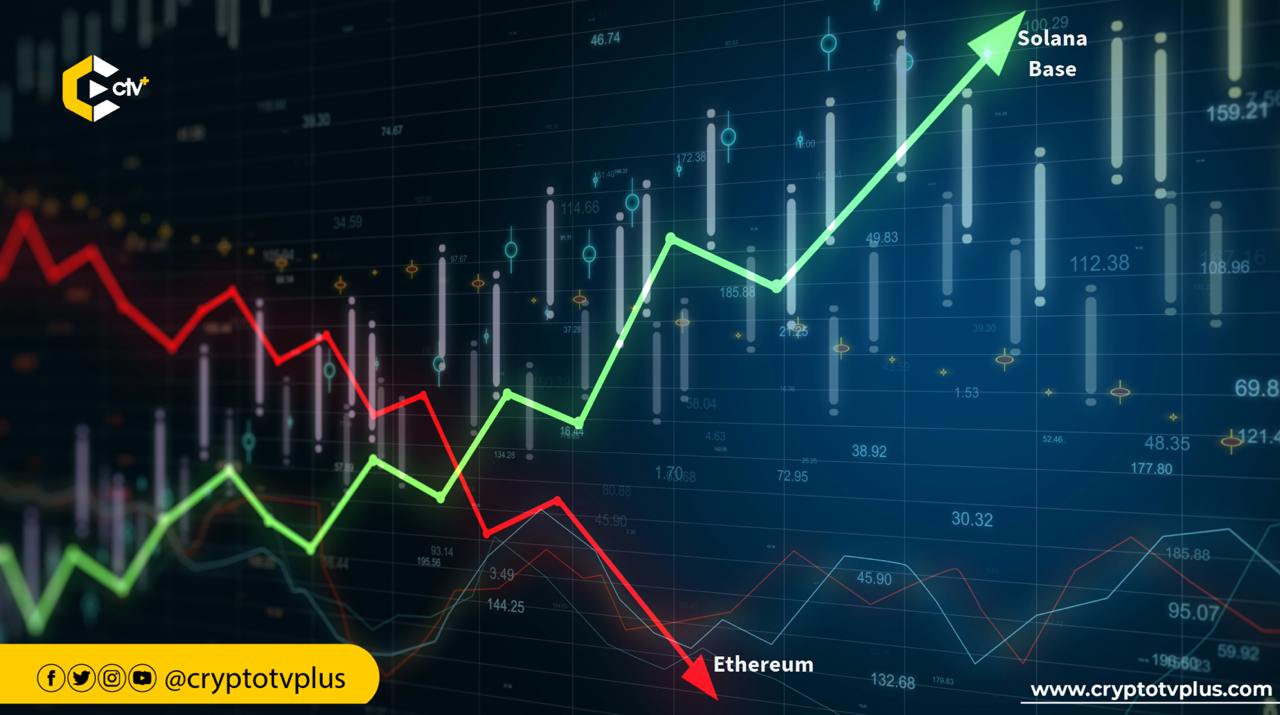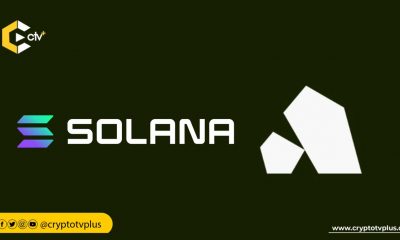News
Solana and Base DEX Rapidly Rising, Overtaking Ethereum – Report

Exchanges play a crucial role in the crypto space, enabling users to trade crypto assets. Ethereum hosts the highest number of decentralized exchanges (DEXs), however, their dominance appear to be shaken according to a new report.
In the third quarter of 2024, Ethereum-based DEXs saw a decline according to a report from CoinGecko. Their market share dropped below 40%, with trading volume decreasing nearly 20% from the previous quarter, reaching $130.5 billion by the end of September.
DEXs allow users to trade cryptocurrencies directly with each other, bypassing traditional intermediaries like centralized exchanges. This setup lets users maintain control over their funds, as they connect their wallets to the DEX and trade directly. Examples of Ethereum DEXs include Uniswap and SushiSwap.
Per the report, while Ethereum DEXs declined, those on Base and Solana gained traction, capturing more market share. Solana, in particular, saw increased activity due to the popularity of memecoins. By September’s end, Solana held 22% of the market, with $21.5 billion in trades.
During this period, Base experienced significant growth despite the sluggish performance of the overall crypto market. Its trading volume surged by over 31%, allowing it to surpass Arbitrum. By the end of September, Base controlled 13% of the market with $12.3 billion in trading volume.
Meanwhile, Tron entered the top 10 chains for DEX trading, replacing Blast, which suffered a substantial drop in trading volume. Tron capitalized on a new tool called SunPump, enabling users to create meme coins easily. This innovation spurred a sudden increase in trading activity, giving Tron a 2% market share with $1.7 billion in trades in September.
More transactions on Ethereum Layer 2s
Coingecko noted that the total number of transactions across the top 10 Ethereum Layer 2 (L2) networks increased steadily in the third quarter. L2 solutions are technologies built on top of Layer 1 blockchains like Ethereum. They aim to improve scalability, speed up transactions, and reduce costs.
L2s tackle scalability by processing transactions off-chain, which eases the load on the main blockchain network. This approach reduces congestion, speeds up transactions, and lowers fees, making blockchain applications more accessible to users.
Read also: Explore the detailed analysis of Centralized Exchange Market Trends in Q3, 2024.
The report revealed that nearly 10 million transactions were being processed daily on these networks, whereas the main Ethereum network handles about 1 million transactions each day. Among the L2s, Base experienced a significant increase in activity since the beginning of the year.
Base emerged as the busiest L2, accounting for 42.5% of all transactions in the third quarter. Arbitrum followed as the second most active network, handling 18.9% of the transactions. Blast was third, with 8.1% of the transactions during the same period.
In August, the Manta Pacific network experienced a notable rise in transactions, primarily driven by Taman, a fully on-chain mini-app available on Telegram. However, once the app’s launch campaign concluded, activity on Manta Pacific saw a noticeable decline.
Layer 2 (L2) solutions are crucial for the growth of Web3, as they tackle the scalability and cost challenges faced by Layer 1 blockchains. With the expansion of Web3, more decentralized applications (dApps) are being developed, resulting in increased transaction volumes that Layer 1 blockchains struggle to manage efficiently.
L2 solutions address this issue by processing transactions off-chain, thereby significantly enhancing transaction speed, reducing fees, and boosting overall network capacity.

























Pingback: Prediction Markets boom in 2024: Data shows 565% Growth in Q3 Activity | CryptoTvplus - The Leading Blockchain Media Firm
Pingback: App-specific or general purpose chains; what’s the future of Web3? | CryptoTvplus - The Leading Blockchain Media Firm